Advertisement
There's something exciting about seeing machines move with intention—responding to a scene, making decisions, and following commands. Hugging Face, mostly known for its work in AI and language models, has now stepped into a new space: robotics. And not just any entrance—they've introduced LeRobot, the first open-source robotics library to come from the company. It’s a fresh direction for a company best known for making digital intelligence more open and approachable.
Let’s not get swept away by buzzwords. At its core, LeRobot is a library—a collection of tools, code, and models—that allows robotic systems to interact with machine learning in a more accessible way. Think of it as a bridge between cutting-edge language models and physical robots, all neatly packaged in an open-source setup that invites anyone to explore.
This library isn’t just another robotics framework. It focuses on something specific: giving robots the ability to interpret, understand, and respond using language models like Transformers. That means developers can use LeRobot to teach a robot to perform tasks based on written or spoken prompts. Say, “Pick up the red box,” and the robot figures out what that means—and what to do next.
What makes this more interesting is how Hugging Face has aligned LeRobot with the tools people are already using. It’s built to work alongside popular Python frameworks and fits right into setups that researchers, students, and developers are already familiar with.
It’s not out of the blue. Over the past couple of years, the world of generative AI has taken off, but most of that progress has lived on screens. Text generation, image creation, code completion—it’s all virtual. But what happens when you connect that intelligence to a machine that moves, grabs, stacks, sorts, or navigates a space? That’s the space LeRobot is built for.

With this move, Hugging Face shifts the focus from models that operate in prompts and pixels to systems that can interact with physical environments. The timing isn't random, either. Robots are becoming more affordable. Open-source projects are pushing boundaries. Schools and labs are experimenting with homegrown robotic arms and wheels. So, is there a need for smart, flexible software to power these machines? That’s only growing.
And Hugging Face, known for encouraging collaboration, is applying that same approach here. Their models and tools have always thrived through community input. LeRobot continues in that direction—with machines that don't just process data but act on it.
This is the heart of the library. With LeRobot, you can connect a robot to a language model and give it instructions in plain language. Want your robot to sort items based on color or size? You don’t need to write endless lines of if-this-then-that logic. Instead, you provide examples or prompts, and the model interprets the command and translates it into actions.
This alone has a huge impact. It lowers the technical barrier. You no longer need to be an expert in both robotics and machine learning to get a robot to follow your commands.
LeRobot isn’t a simulation-only tool. It already supports integration with popular robotic platforms. Early examples have included the Franka Emika Panda arm, which can perform tasks like grabbing, stacking, or pushing objects. More support is expected to come, and since the library is open-source, the community will likely help expand its compatibility.
This real-world focus sets LeRobot apart. A lot of AI tools live in controlled, screen-based environments. Hugging Face is choosing to build something that deals with cameras, motors, sensors, and all the physical quirks that simulations don’t capture.
LeRobot includes example datasets and baseline models that serve as starting points. That means you can skip the process of setting up from scratch. Whether you're a university research team or just someone playing around with a robot in a garage, you can pick up LeRobot, plug it into your setup, and start exploring.
These baselines are particularly helpful because they demonstrate how to handle common tasks. The examples aren’t over-polished or staged—they’re meant to be practical, which keeps the learning curve realistic.
This isn’t a locked-down toolset. If you want to swap out the model, change the perception pipeline, or integrate with a new kind of sensor, LeRobot makes that possible. The architecture is modular, which means you're not stuck with what Hugging Face ships—you can modify it for your own goals.
For academic labs, this is especially useful. Testing new ideas doesn’t require reworking everything from the ground up. You can just plug in your model or dataset and run comparisons. It’s designed for experimentation, not just implementation.
If you’re ready to try LeRobot with a physical robot, start by preparing your environment. You’ll need a Python setup that supports PyTorch and Hugging Face’s Transformers library. Access to the robot’s SDK or API is also essential, depending on the hardware you plan to use.
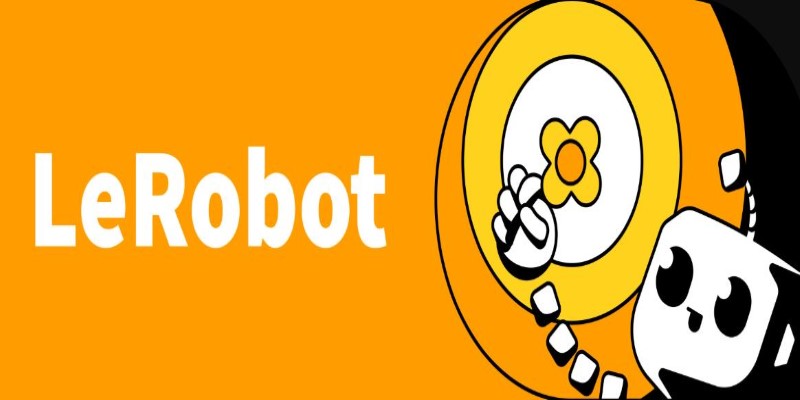
LeRobot is available on GitHub and can be installed through pip or by directly cloning the repository. Hugging Face provides clear setup instructions, making it easy to get things up and running.
Once installed, the next step is to connect the robot itself. The process here will depend on the specific hardware. For instance, using something like the Franka Panda arm requires calibration and a stable connection to your environment. Fortunately, LeRobot includes example scripts to help with that initial setup.
With the hardware connected, you can load one of the baseline models provided in the library. These models are pre-trained and ready to handle common tasks, which allows you to test functionality without having to build anything from scratch.
From there, it’s just a matter of interacting. You can issue commands in plain language—either typed or spoken—and the robot will interpret the prompt using the model and respond with the appropriate actions. Whether it’s sorting objects or performing simple motions, the system is designed to respond naturally.
LeRobot isn't the end product—it's the start of a wider push. Hugging Face has made it clear that they want the robotics community to build with them. More datasets, more supported robots, and more robust models will follow. If the past is any indication, Hugging Face will likely foster a collaborative environment where shared discoveries push the tool forward.
The overlap between AI and robotics has always been talked about, but this feels like a moment where the connection starts to feel real. With LeRobot, Hugging Face isn’t just talking about it—they’ve built something people can actually use. Something that moves. Something that listens. Something that does. And that’s what makes it worth paying attention to.
Advertisement

Streamline proposal writing with ChatGPT while improving structure, tone, and impact to increase your chances of success.
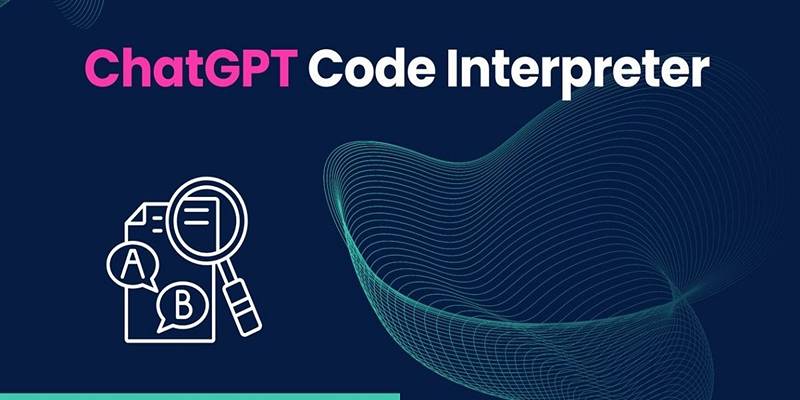
Explore how ChatGPT’s Code Interpreter executes real-time tasks, improves productivity, and redefines what AI can actually do.

Snowflake’s text embedding models are revolutionizing data management by making machine learning accessible within SQL environments. Learn how these models are reshaping business operations

Learn how developers feel about AI’s growing role in software workflows and what changes they expect in daily coding.
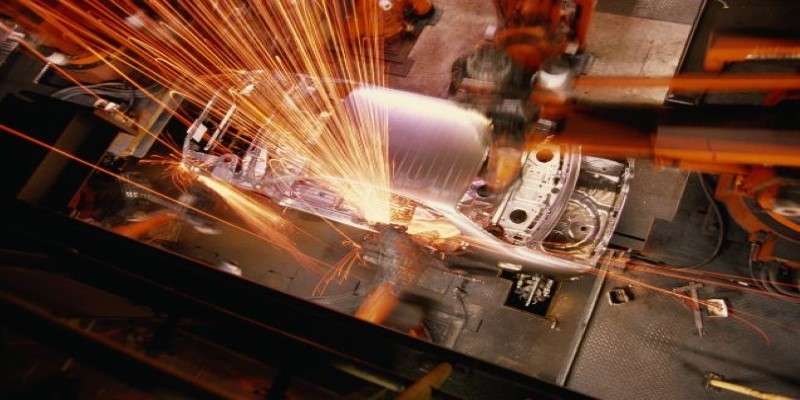
The industrial robotics market is projected to reach $291 billion by 2035, driven by advances in technology, factory automation, and rising global demand for smarter production systems
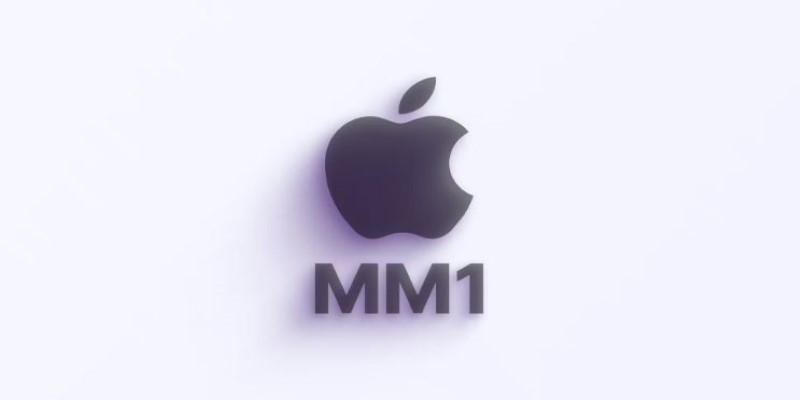
What is Apple’s MM1 AI, and how will it change Siri and your device experience? Learn how MM1 is designed to bring intelligent, on-device AI to Apple products

Google has updated its stance on AI-generated content. Learn how to navigate Google’s new policies, avoid penalties, and create high-quality content that meets search engine standards.

Want robots that understand natural language? Discover LeRobot by Hugging Face—an open-source library connecting AI models with real-world robotics systems
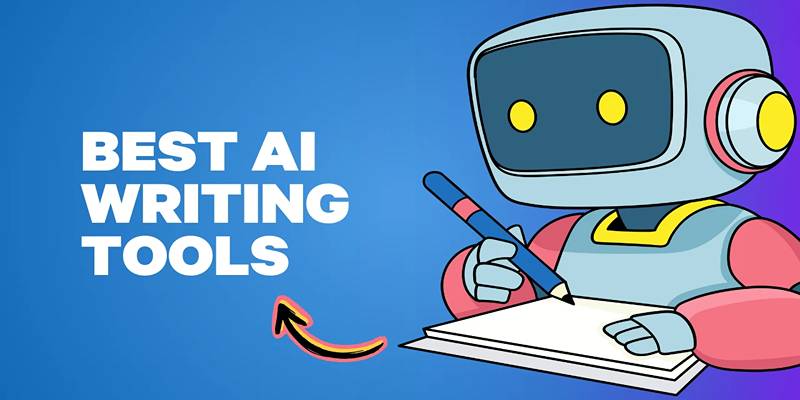
Discover 8 AI tools every content writer should use to save time, improve quality, and streamline content creation tasks.

How nature-inspired optimization algorithms solve complex problems by mimicking natural processes. Discover the principles, applications, and strengths of these adaptive techniques

Discover how to build a consistent, effective meditation habit using ChatGPT as your personal AI wellness assistant.
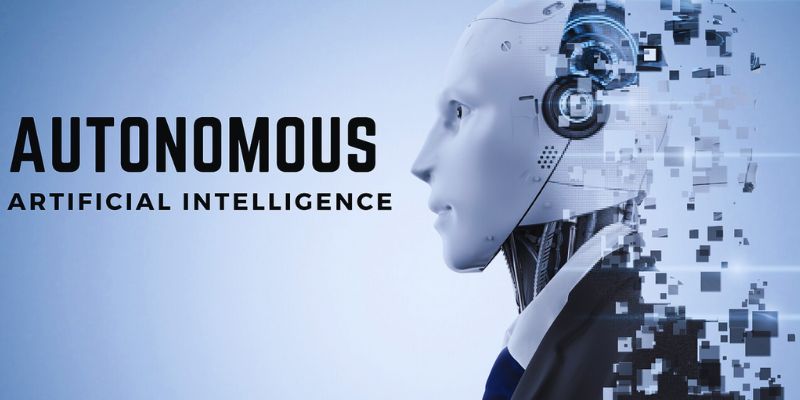
Autonomous AI is shaping the future due to its efficiency, cost-effectiveness, improved customer interactions, and strong memory